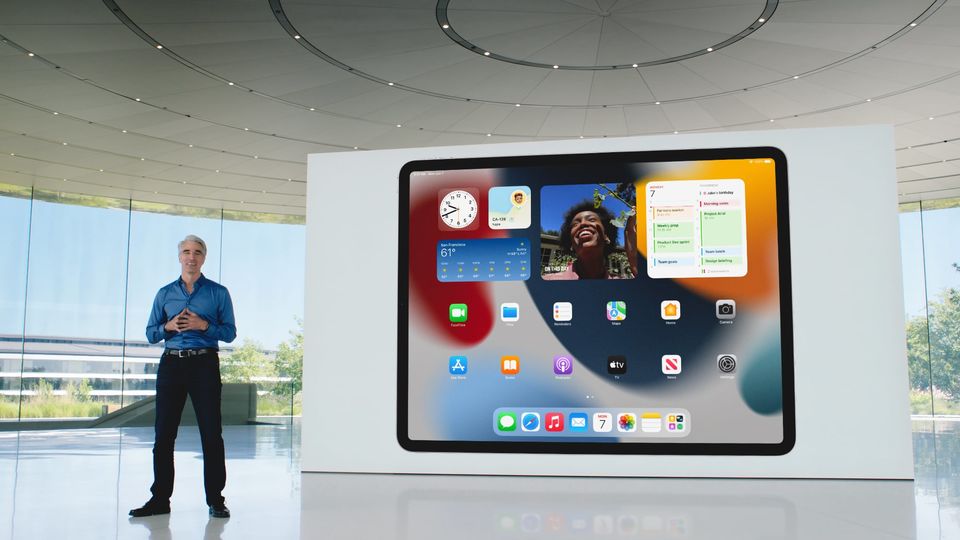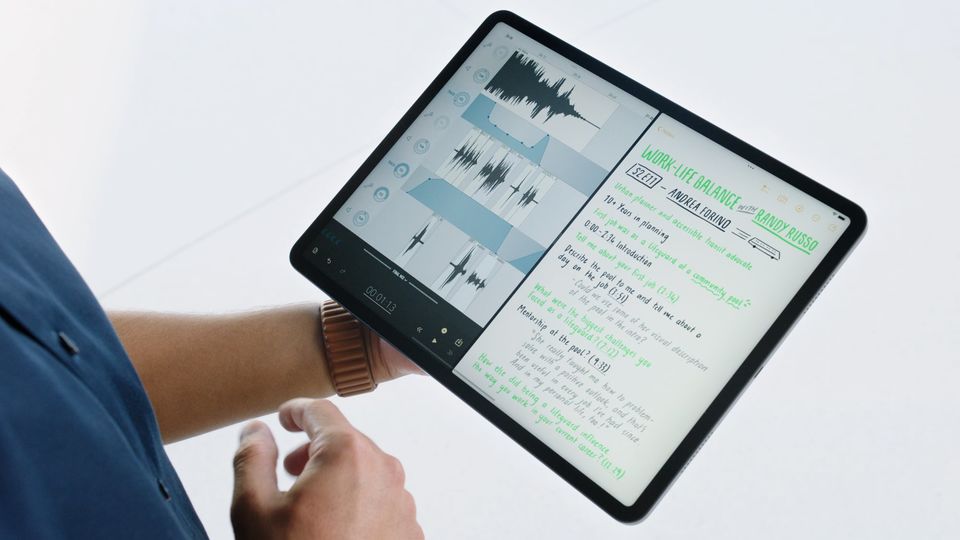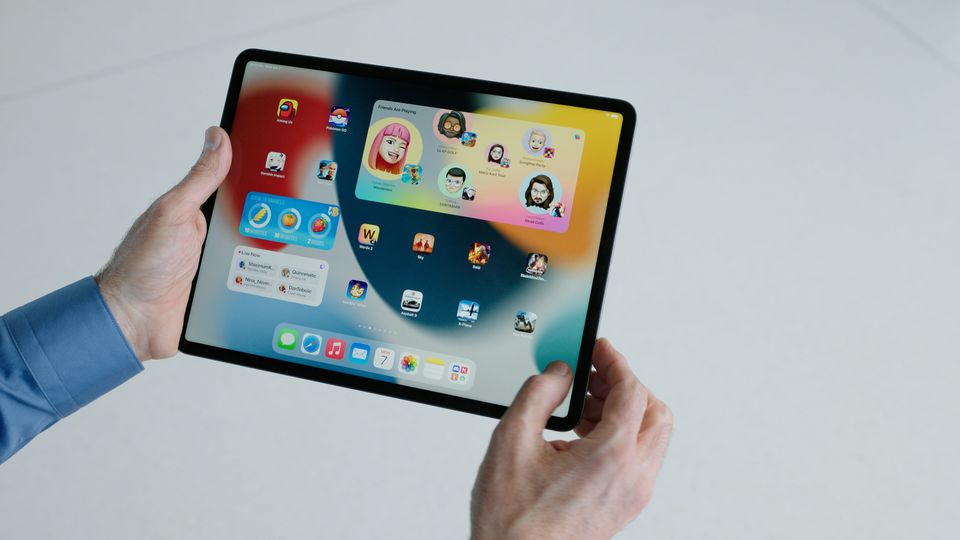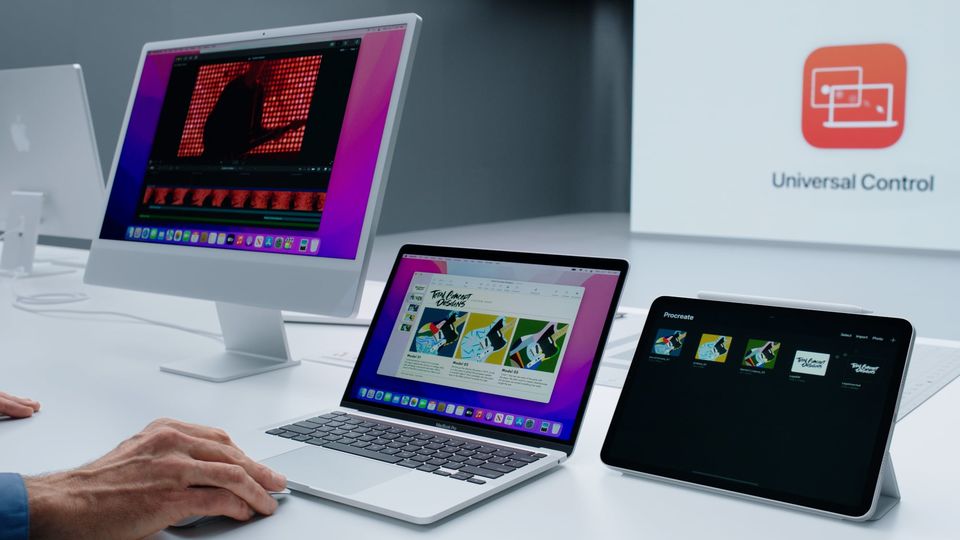Apple readies new iPad Pro, iPad Mini tablets
It's shaping up to be a big 12 months for Apple's tablet.
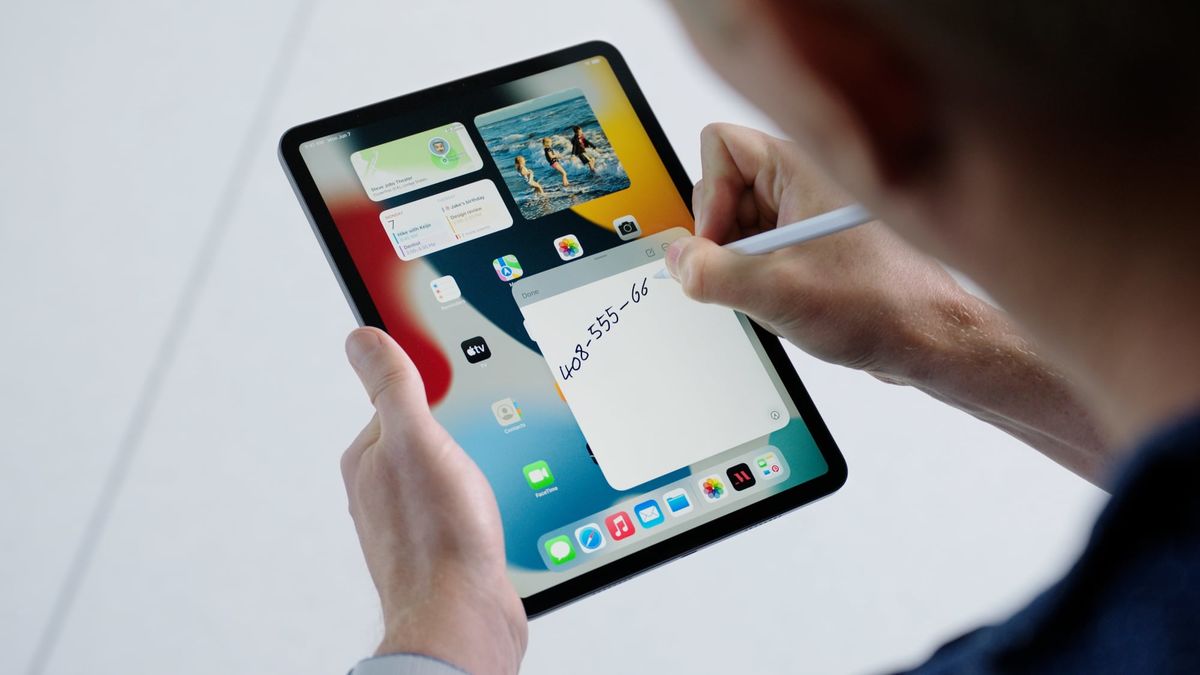
Apple is working on a new iPad Pro with wireless charging and the first iPad mini redesign in six years, seeking to continue momentum for a category that saw rejuvenated sales during the pandemic.
The company is planning to release the new iPad Pro in 2022 and the iPad mini later this year, according to people with knowledge of the matter.
The main design change in testing for the iPad Pro is a switch to a glass back from the current aluminum enclosure. The updated iPad mini is planned to have narrower screen borders while the removal of its home button has also been tested.
The iPad became an increasingly key part of Apple’s portfolio over the past year as people looked for new ways to work, study and stay entertained at home during Covid-19 lockdowns.
Sales of iPads jumped 43% during the last six months of 2020 compared with a year earlier. The gains continued in the first three months of 2021 when the tablets generated US$7.8 billion – a 79% increase from the same quarter a year earlier.
For the new Pro model, the switch to a glass back is being tested, in part, to enable wireless charging for the first time. Making the change in material would bring iPads closer to iPhones, which Apple has transitioned from aluminum to glass backs in recent years.
Apple’s development work on the new iPad Pro is still early, and the company’s plans could change or be canceled before next year’s launch, said the people, who asked not to be identified discussing internal matters. An Apple spokeswoman declined to comment.
Rejuvenated iPad
Wireless charging replaces the usual power cable with an inductive mat, which makes it easier for users to top up their device’s battery. It has grown into a common feature in smartphones but is a rarity among tablets.
Apple added wireless charging to iPhones in 2017 and last year updated it with a magnet-based MagSafe system that ensured more consistent charging speeds.
The company is testing a similar MagSafe system for the iPad Pro. Wireless charging will likely be slower than directly plugging in a charger to the iPad’s Thunderbolt port, which will remain as part of the next models.
As part of its development of the next iPad Pro, Apple is also trying out technology called reverse wireless charging. That would allow users to charge their iPhone or other gadgets by laying them on the back of the tablet.
Apple had previously been working on making this possible for the iPhone to charge AirPods and Apple Watches.
In addition to the next-generation iPad Pro and iPad mini, Apple is also working on a thinner version of its entry-level iPad geared toward students. That product is planned to be released as early as the end of this year, about the same time as the new iPad mini.
iPadOS 15
Apple is also giving its iPad software the biggest revamp to its Home screen since launching the device over a decade ago, adding a new widgets system.
The new Home screen, announced Monday at the company’s Worldwide Developers Conference, lets users pin widgets – snippets of dynamic information – for viewing the time, weather, notes, stocks and data from other apps.
Also revamped is the iPadOS multitasking system, making it easier for users to use multiple apps at the same time and to jump between apps. As part of that effort, the company added new keyboard shortcuts to reduce the need to tap the screen.
The new features for iPadOS 15 come just weeks after Apple launched a faster iPad Pro. Users had been clamoring for additional tools to take advantage of the tablet’s faster processor.
Apple is also adding the Translate app to the iPad after launching it last year for the iPhone. The app lets users type in text in one language and have it converted to another. The translate system is also moving out of the app to work in applications while editing text. The feature will also be added to the iPhone and Mac.
As part of Apple’s continuing effort to integrate its Mac personal computer line and mobile devices, the forthcoming macOS 12 Monterey lets people use the Mac keyboard and trackpad to control an iPad and drag and drop files between multiple devices.
This article is published under license from Bloomberg Media: the original article can be viewed here
